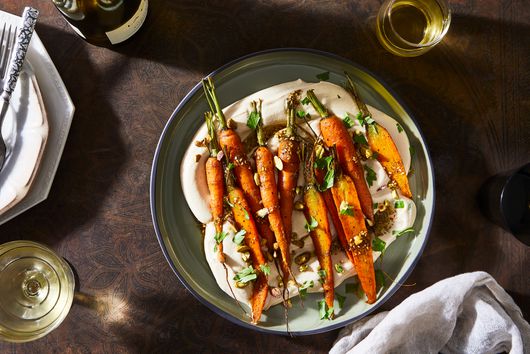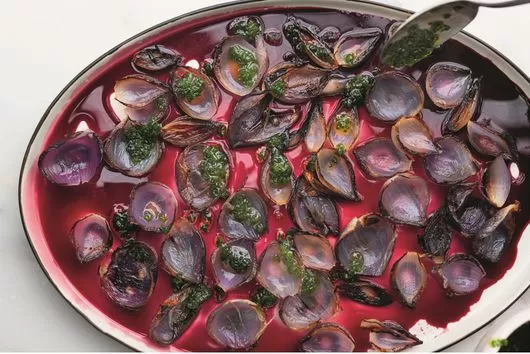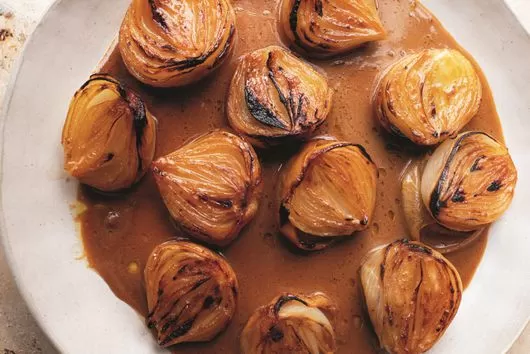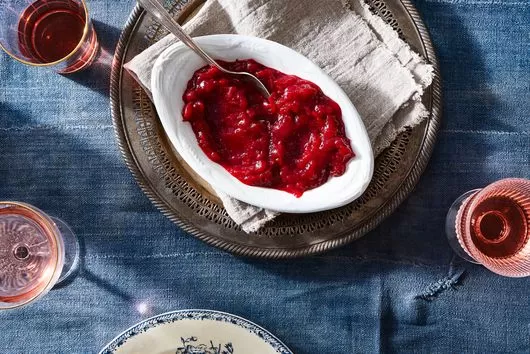Whipped Hummus With Roasted Carrots & Za’atar Oil From Hetty McKinnon
PREP TIME
5 minutes
COOK TIME
20 minutes
SERVES
4
Ingredients
1
bunch young carrots, trimmed and washed well
1 handful
toasted pistachios, roughly chopped
1 handful
parsley leaves, roughly chopped
Sea salt and black pepper
1 tablespoon
za’atar
2 tablespoons
extra-virgin olive oil
Sea salt
1/8 teaspoon
red chile flakes
1
(439-gram) can chickpeas, with liquid (or 150 milliliters aquafaba with 260 grams cooked chickpeas)
2
garlic cloves, chopped
2 tablespoons
freshly squeezed lemon juice (about 1 lemon)
1/3 cup
(80 ml) tahini
1/8 to 1/2 cups
(60 milliliters to 125 milliliters) water
Sea salt and black pepper
Ingredients
- Heat the oven to 400°F (200°C). Place the carrots on a rimmed sheet pan, drizzle them with olive oil, and season with sea salt and black pepper. Roast for 20 minutes or until soft and golden, rolling them gently on the pan midway through for even browning. Remove from the oven and set aside to cool slightly.
- In a small bowl, whisk together the za’atar, 2 tablespoons of olive oil, salt, and chile flakes for the za’atar oil.
- Drain the chickpeas into a strainer set over a bowl, reserving the liquid. Add the chickpeas, 1/4 cup of the chickpea liquid, garlic, and tahini to a (preferably) high-speed blender like a Vitamix or Ninja, or a food processor or other blender. Whizz on high speed, adding more liquid and scraping down the sides as needed if mixture seems too dry and the machine starts to struggle, for a total of 2 minutes or so, until emulsified and smooth. Add water, a tablespoon at a time, until the hummus is super smooth and light. Season with sea salt and black pepper. Taste and add more lemon juice, if needed.
- You can serve the hummus right away, when it will be slightly warm or room temperature, or chill it for a firmer texture. Spread some of the hummus on a serving plate. Top with the roasted carrots, and drizzle over the za’atar oil. Season everything with sea salt and black pepper and scatter with pistachios and parsley.






